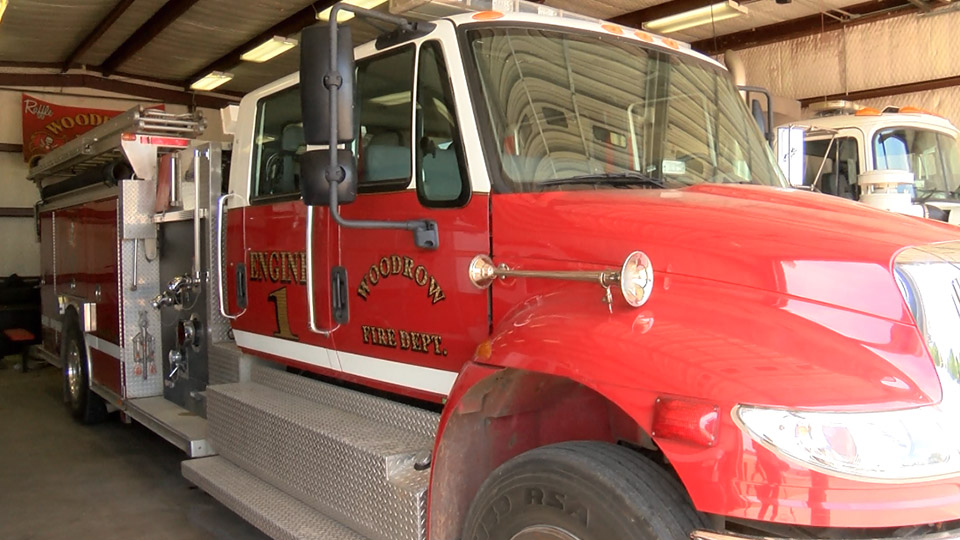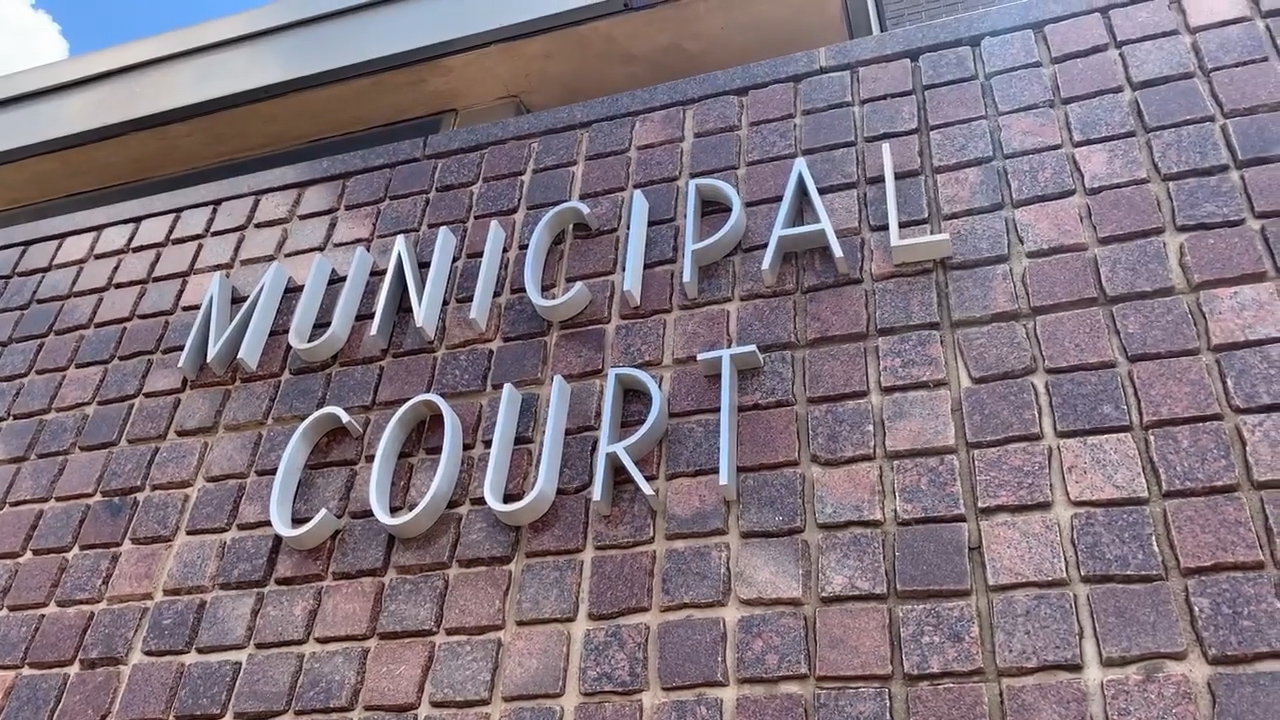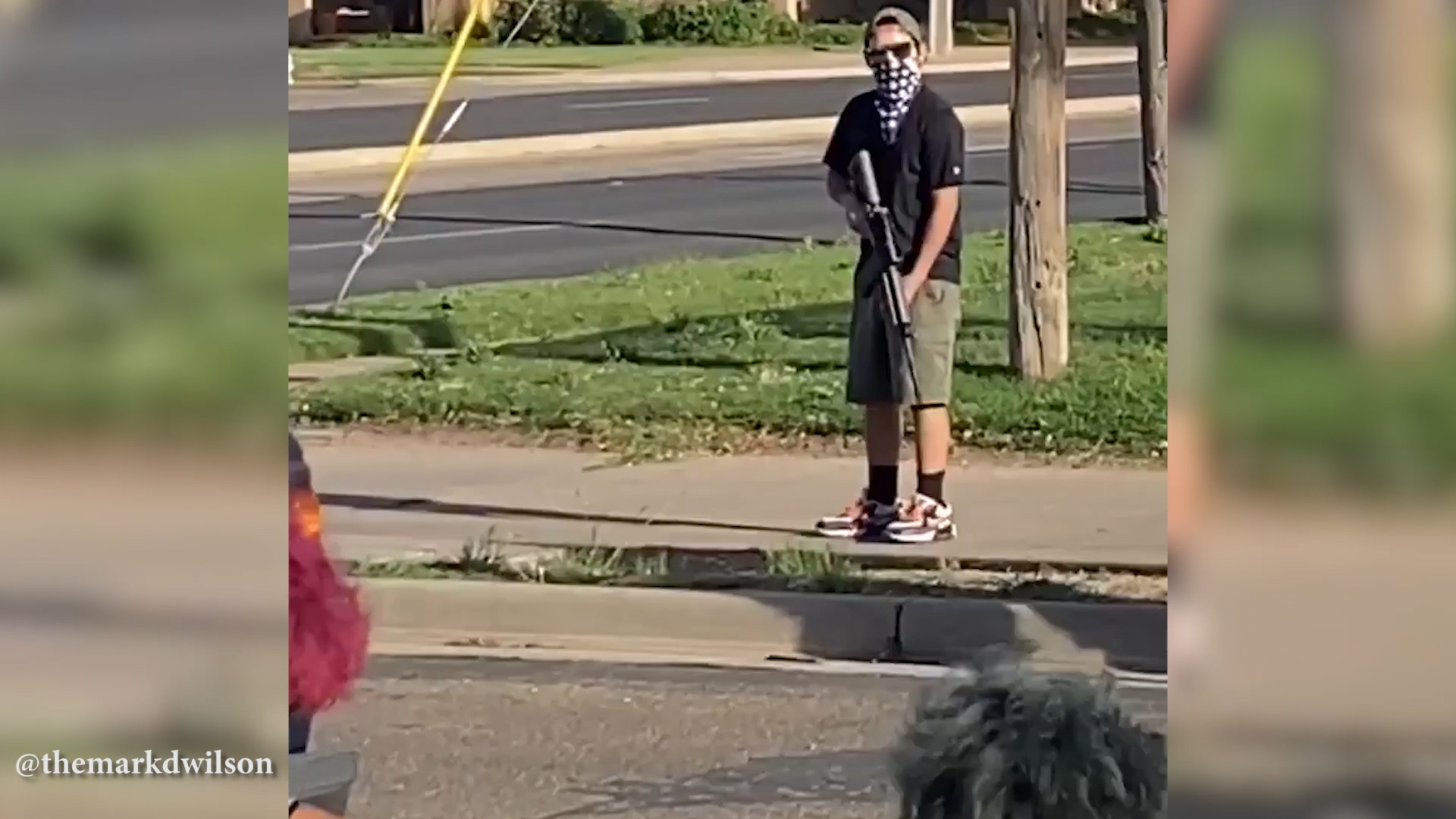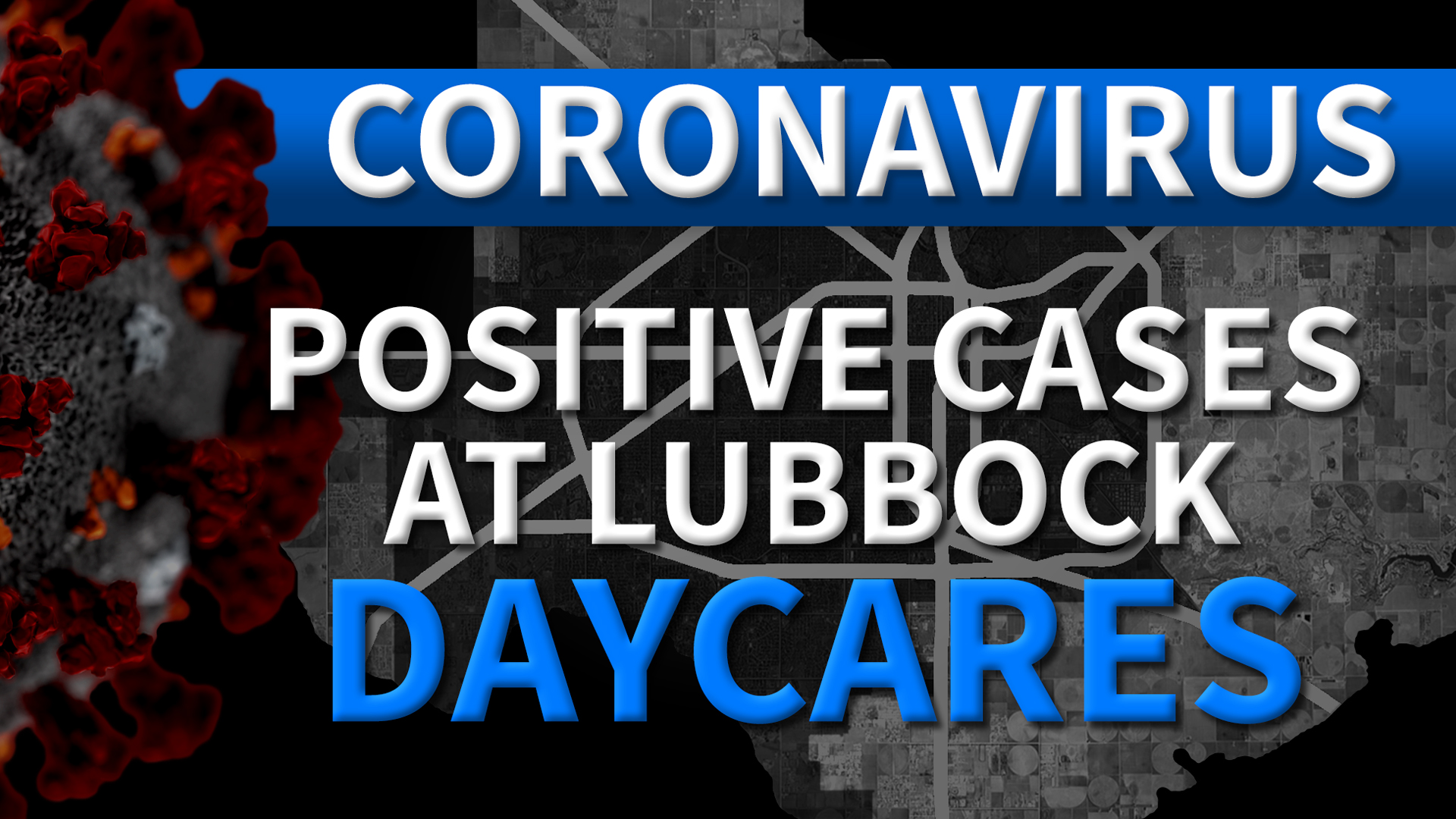AUSTIN — The state’s handbook with guidelines on identifying and providing services for students with dyslexia is undergoing an update.
In 2017, state lawmakers passed a bill that requires all students be screened for dyslexia and related disorders at the end of kindergarten and first grade.
“The goal is to try and identify students with dyslexia early enough in the process so that they can get the proper services,” Monica Martinez, associate commissioner of standards and support services at the Texas Education Agency, said.
Martinez said the goal of the handbook is to provide more guidance on how educators can implement screening instruments. The draft also outlines criteria for what the screening instruments must cover, such as sound-symbol recognition, letter knowledge, reading rate and reading accuracy. Specific behaviors must also be documented during the screening process, including the inability to focus on reading, self-correcting, guessing and difficulty sounding out words left to right.
“The goal is to make sure all decisions are very student focused and they’re made based on each individual student’s needs,” she said.
The Rawson Saunders School, based in Austin, is an independent private school that exclusively serves students with dyslexia. Its institute also trains teachers from across Texas and many of them are public school educators.
“A key component of the instruction that we provide is training on the law,” Jamie Nettles, director of dyslexia services, said. “This new law kind of put a little bit more teeth into it.”
Their training stresses early intervention and identification of students who may be at risk.
“What we know is that if we don’t do that early, the consequences are dire,” Nettles said. “The research is very clear on this point. If a student is still a struggling reader at grade three, he or she is going to be a struggling reader throughout.”
Remediation can be timely and costly, too. Sometimes, screening results won’t tell the whole story about whether a student could have dyslexia, either, and can lead to students falling through the cracks.
“Even students who don’t show difficulty on these screenings may still be students with dyslexia,” Nettles said. “Students with dyslexia often have average to above average intelligence. With good classroom instruction and that kind of shaky foundation, sometimes those high intelligence students can meet expectations on the screeners.”
But Robbi Cooper, who is with an advocacy group called Decoding Dyslexia in Texas, said she wants to see more specifics. Cooper is also on the committee comprised of different stakeholders that took part in providing input for the draft.
“The policy in the handbook should really be clearer on screening,” Cooper said. “By not listing specific screeners, it’s really not helpful because it just allows it to be at an almost school by school basis. Really, we want consistency in what we’re looking for in dyslexia. It’s allowing too much interpretation of what types of screenings should happen and when.”
Martinez said The Texas Education Agency expects to have additional information on the types of screeners that could be used later this fall.
Another area Cooper wants to see more clarification on is what rights families have under federal laws. There are two federal laws she’s referring to – the Individuals With Disabilities Education Act, or IDEA, and Section 504. IDEA requires school districts to identify and evaluate all children suspected of having a disability. It’s meant to supplement the student so they’re able to access services to succeed in a general education environment. Section 504 is different – it’s specifically meant to protect individuals with disabilities from discrimination. Those include accommodations like audio books and additional provided time for work.
In January of this year, the United States Department of Education’s Office of Special Education Programs (OSEP) released a report directing the state to address four corrective actions after the agency evaluated Texas’ lack of compliance with IDEA.
The report states in part that the Texas Education Agency “failed to ensure that all children with disabilities residing in the state who are in need of special education and related services were identified, located and evaluated, regardless of the severity of their disability” as required by IDEA.
The Texas Education Agency responded to OSEP saying the agency upon direction from the State Board of Education, it will “facilitate a process to revise the Texas Dyslexia Handbook to clarify the difference between dyslexia-related services, IDEA, Section 504 and response to intervention, and ensure clear guidance in the field, especially as it relates to dyslexia and dyslexia related disabilities being eligible for IDEA.”
“What it’s leaving out is informed consent, where parents are given enough information to make informed decisions,” Cooper said after reviewing the handbook draft. “Families really need to be clear that they have substantial rights that they have under IDEA that they don’t have under Section 504. One of their main rights is to be an equal participant in deciding the educational placement and the needs of their child with a disability and that includes dyslexia.”
The State Board of Education is scheduled to meet in mid-November to review and approve the handbook.
Martinez said during the drafting process, the Texas Education Agency learned teachers needed more training. That’s the next step after the handbook is finalized.
“Likely it will be both online and in-person training to make sure that teachers understand all of the related laws and the best approach to providing instruction – reading instruction in particular to students with dyslexia,” she said.
Cooper said as someone who is part of the draft committee and an advocate for the dyslexia community, all stakeholders want a guide that serves parents, educators and administrators effectively.
“That’s really my compelling interest in this, to ensure that no child slips through the cracks,” she said.



























